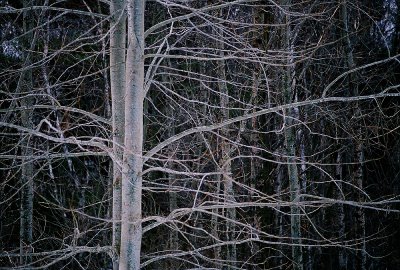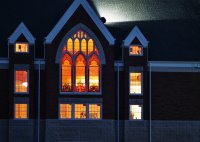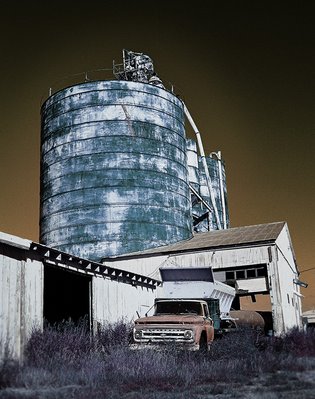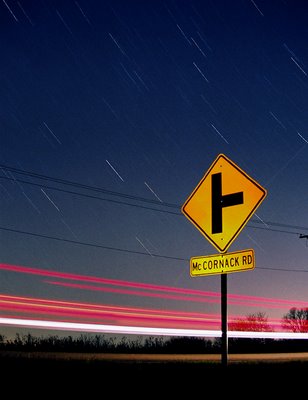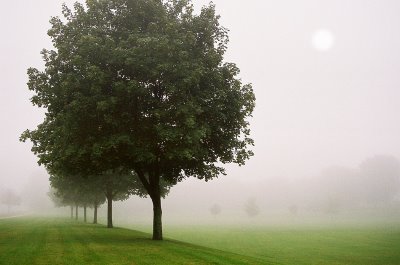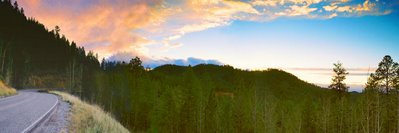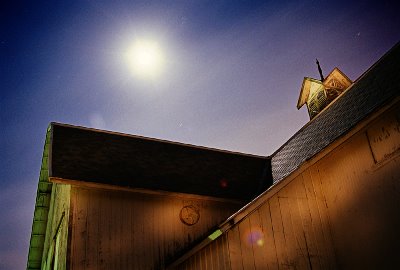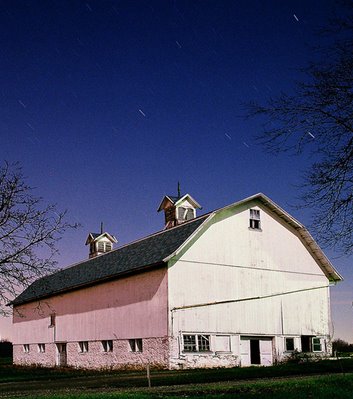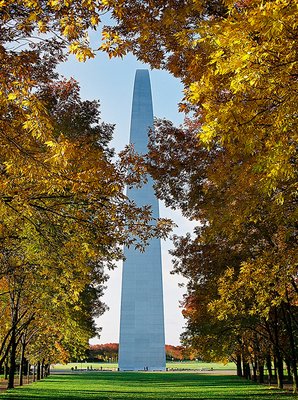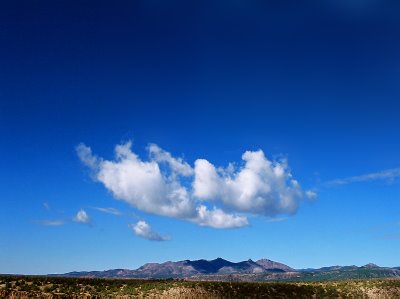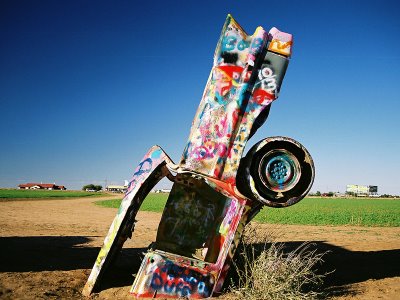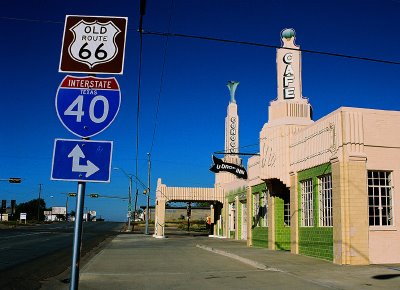
The little town of Shamrock, Texas was once a
bustling little burg. In its heyday, Shamrock catered to the many travelers of Route 66. Its main avenue was rife with garages, filling stations, restaurants and tourist courts along with the residents and travelers that frequented those businesses.
Chief among the businesses in Shamrock was the combination Tower Gas Station and U Drop Inn diner. A prime example of 1930s art deco styling, it was described at the time of its opening as “the swankiest of swank eating places" and "the most up-to-date edifice of its kind on the U.S. Highway 66 between Oklahoma City and Amarillo." The distinctive building was a welcome sight to many travelers.

Nowadays, the main business area lies north of town where Interstate 40 passes by. You can fill your vehicle at a number of self-serve gas stations and catch a meal at any one of a number of fast food franchises, where the majority of customers are unaware of the exi

stence of this architectural gem where travelers far from home used to get a home-cooked meal and an attendant would wash your windshield and check your oil while pumping gas at 34 cents per gallon.
While my wife and I stopped to take in the old main street, I took a number of shots of the colorful structure, a couple of them while standing in the middle of old Route 66, with very little danger of being struck by any vehicle.
Progress, I guess you call it.
Click on pictures to enlarge. Photographs © 2006 James Jordan.
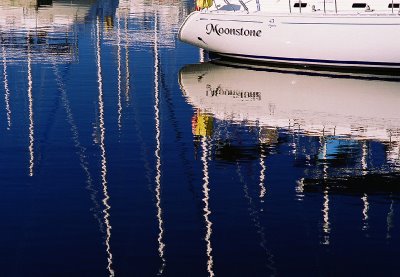 We're still waiting for our winter storm to arrive. Early predictions were for the snow to begin falling late yesterday. We're now told that this afternoon will see the beginning of storm activity. Looks like six inches of snow at a minimum - could be a foot or more in some places. We'll see.
We're still waiting for our winter storm to arrive. Early predictions were for the snow to begin falling late yesterday. We're now told that this afternoon will see the beginning of storm activity. Looks like six inches of snow at a minimum - could be a foot or more in some places. We'll see.